Learning to shave with a safety razor is – arguably – about learning to control the angle and the pressure. And the Young Any-Angle Razor – sold by Young Safety Razor Co of Pennsylvania – aimed to take the angle out of the equation. Not – mind you – in the way we think about the angle today,1 but in the obliquity between the edge and direction of travel. In a way, Mr Elmer I Young was trying to automate the Gillette Slide before the Gillette Slide was a thing.2
Mr Young’s razor was – apart from the ability to adjust angle of the head – a fairly straight forward single edge, closed guard, hoe style razor. Patent filed in 1909 and granted in 1910, the invention aimed to:
…provide a safety razor in which the blade holding means can be quickly and positively adjusted so that the cutting edge of the blade may lie obliquely to the direction of movement of the blade to give a shearing cut.
US Patent 973,734
This was done by a setscrew, which – by means of a knurled knob – tightened the blade, guard and blade holder3 against an eye formed at the top of the handle. Around said eye, and also on the blade holder, was a number of projections and dimples, which were meant to keep the head from slipping once the set screw was tightened.
The drawing makes the whole thing a little easier to understand:
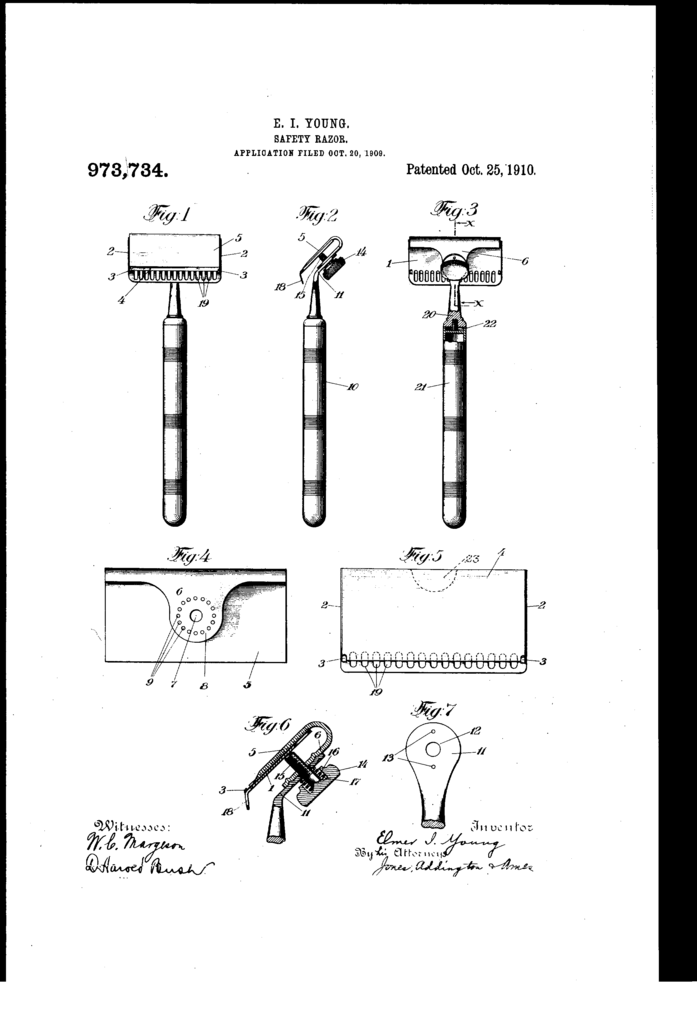
The Young “any-angle” razor was moderately successful as far as I can tell, not only being patented but also manufactured and offered for sale. At least for a couple of years; Waits’ Compendium shows a late 1911 advertisement, and I found the following one from 1912 while browsing the web:
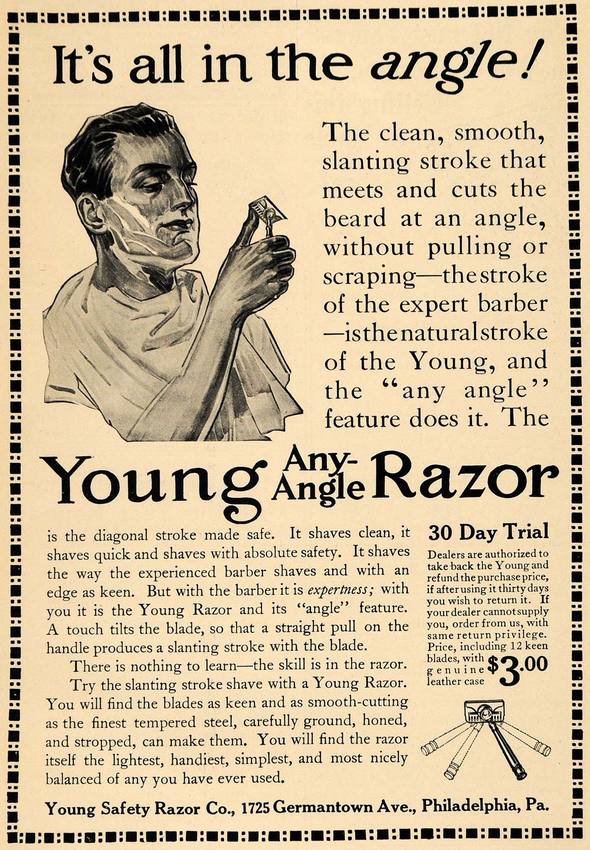
While this was not the last attempt to make a razor with a sideways tilting head – Otto Spahr’s razor come to mind – I think we can all agree that the potential benefit of the Any-Angle can be negated by improving the shavers technique. When that comes in addition to a somewhat fiddly head that requires the shaver to keep track of several parts while changing blades, I can see why the Young Any-Angle Razor seems very rare today. Which is a shame, since it seems like a well made razor that ought to work with a GEM blade.
The full patent can be read at Google Patents, for those interested.
1) That is, the angle between the blade and the skin.
2) Something Gillette themselves looked into almost twenty years later.
3) What we today would refer to as the razor’s head.

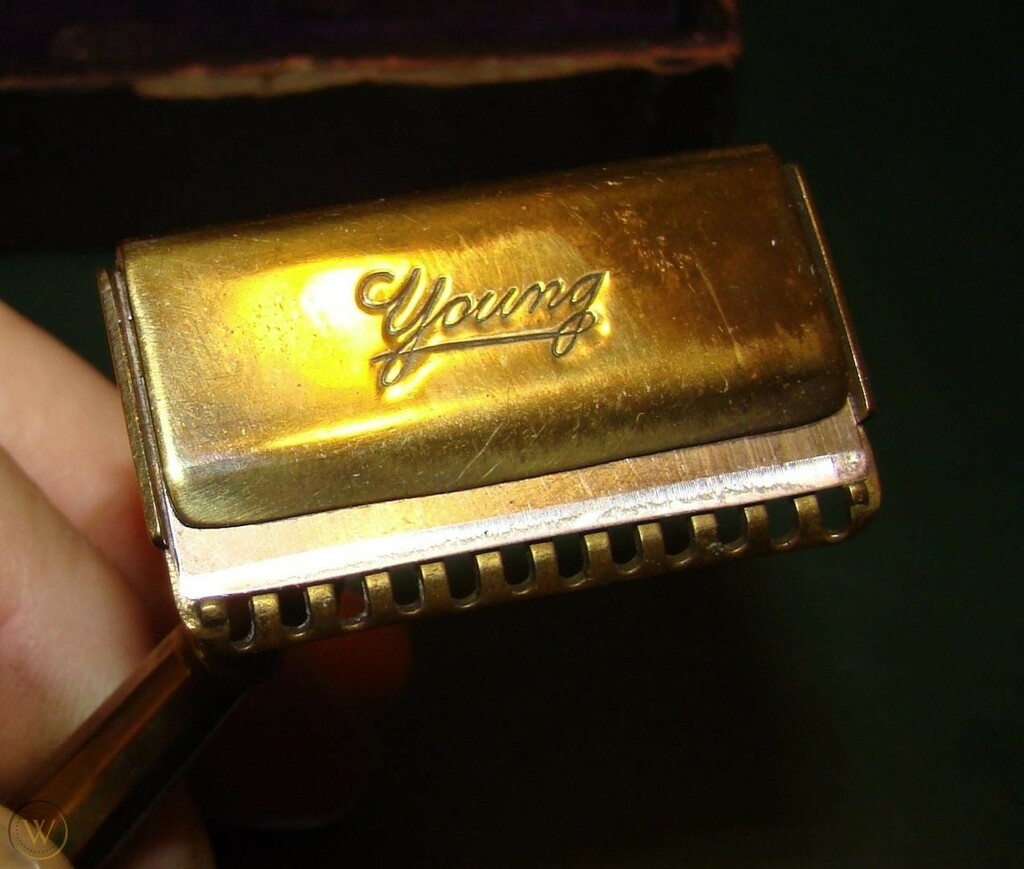
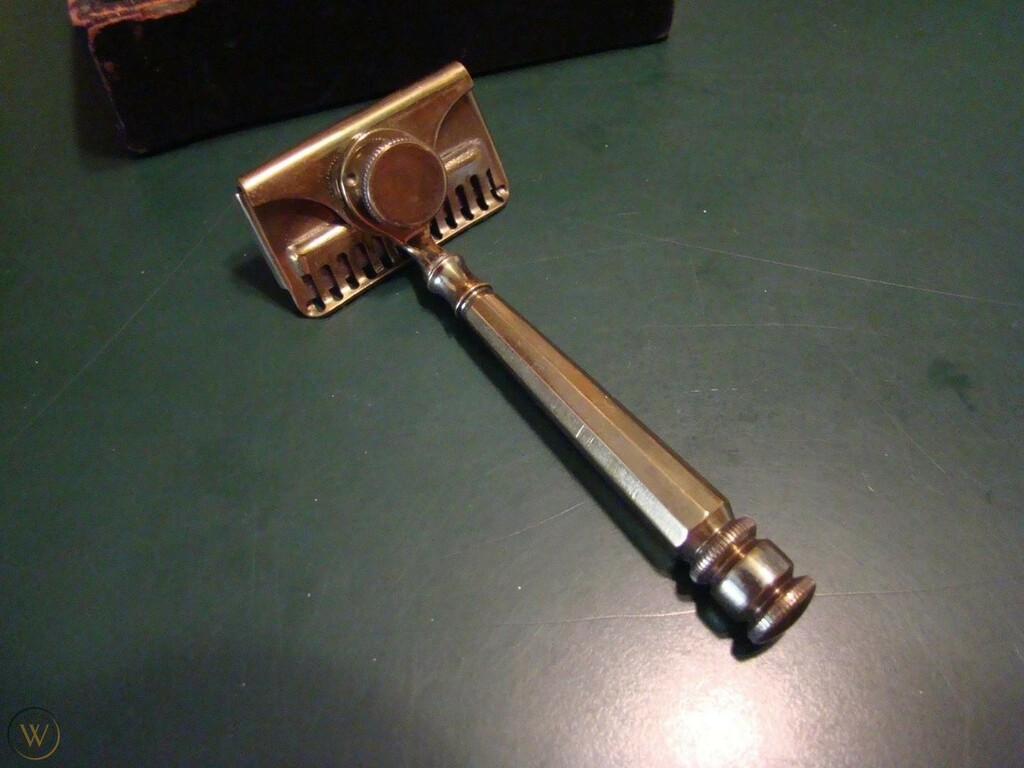
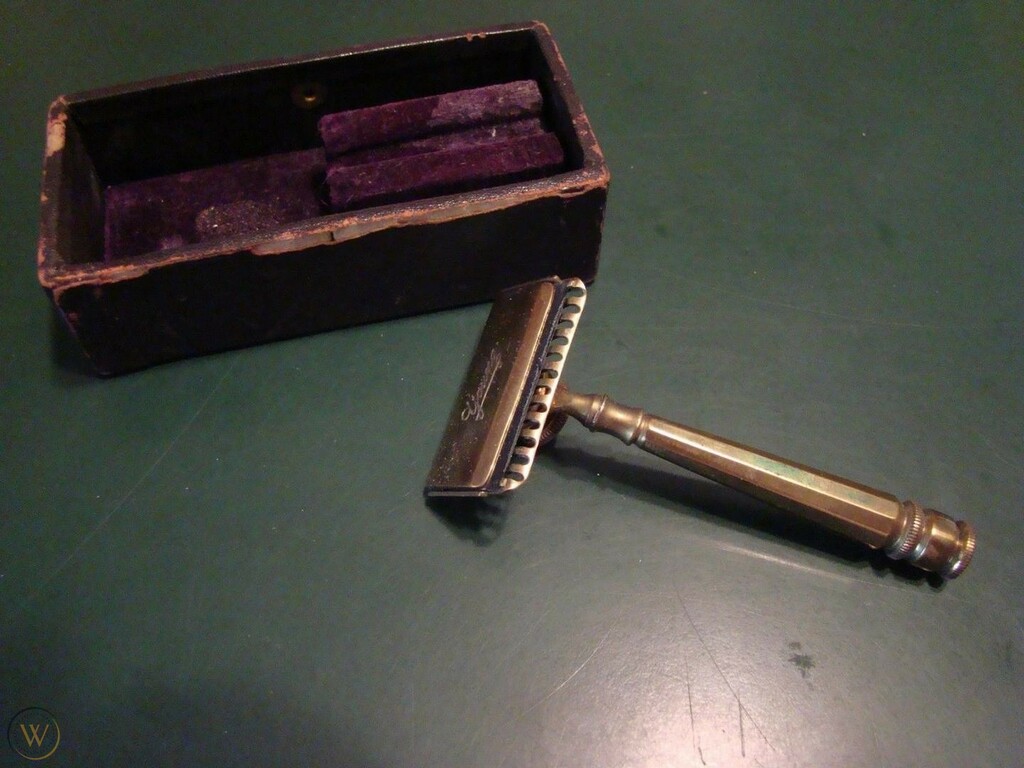
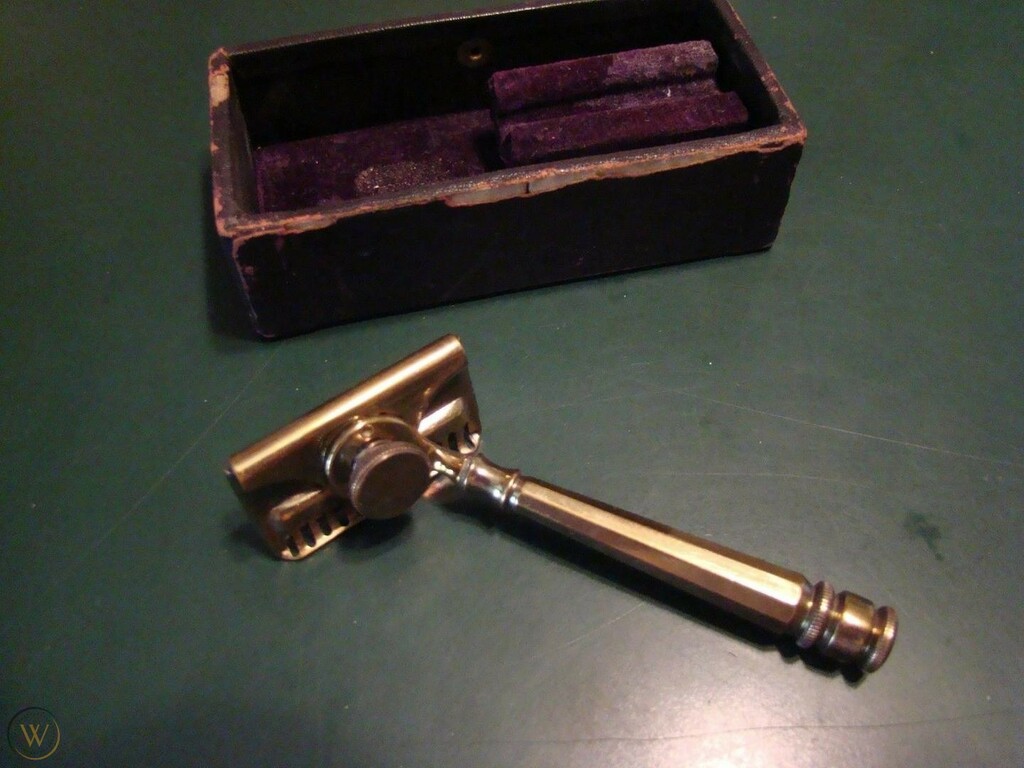
Pingback: Clyde H Seitz's tilting head razor - Wegian WetshavingWegian Wetshaving